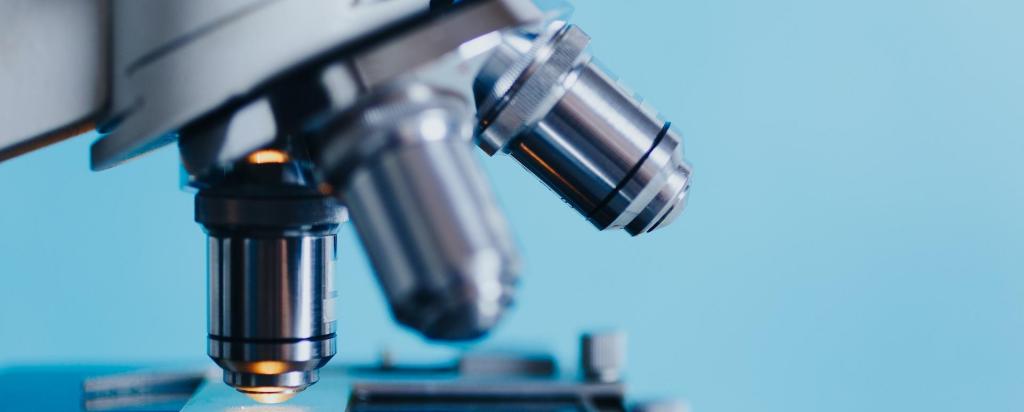
Showing 281 - 300 of 339 results
Using the power of artificial intelligence to help detect disease
An international collaboration led by The University of Sydney and supported by ANSTO has developed an advanced, innovative artificial intelligence application that could be used to help examine tissue samples and identify signs of disease/

Role at ANSTO
Multiple techniques elucidate hardness with radiation damage
3D models of multilayered structures on engineering scale from nanoscale damage profiles.
Nanoprobe beamline (NANO) UNDER CONSTRUCTION
The X-ray Fluorescence Nanoprobe beamline undertakes high-resolution X-ray microspectroscopy, elemental mapping and coherent diffraction imaging – providing a unique facility capable of spectroscopic and full-field imaging. Elemental mapping and XANES studies will be possible at sub-100 nm resolution, with structural features able to be studied down to 15 nm using scanning X-ray diffraction microscopy.
Rock art dating
Development of new techniques makes it possible to date Australian Aboriginal rock art.

Highlights - Magnetism
Highlights of the Magnetism Project.
Cosmogenic nuclides help explain stone formation
China’s vertical sandstone pillars studied using nuclear techniques
Think Science! 2025: Bringing science skills together
The Think Science! competition encourages students in Years 3-10 to learn science inquiry skills in a fun and accessible way! Entry is FREE and there are generous prizes for winning schools. Any topic can be chosen, and special materials are not required.
Water experts share insights into unique environment of Thirlmere Lakes
ANSTO has produced a comprehensive report for the NSW Department of Planning and Environment that represents a significant scientific investigation of the connections, pathways and processes of water loss from the Thirlmere Lakes system.
Nuclear techniques confirm rare finding that crocodile devoured a baby dinosaur
Micro-Computed Tomography beamline (MCT)
With enhanced submicron spatial resolution, speed and contrast, the Micro-Computed Tomography beamline opens a window on the micron-scale 3D structure of a wide range of samples relevant to many areas of science including life sciences, materials engineering, anthropology, palaeontology and geology. MCT will be able to undertake high-speed and high-throughput studies, as well as provide a range of phase-contrast imaging modalities.

Magnetism
As an experimental tool for the study of magnetism, neutron scattering is without equal in its range of applications.

Data sets
Your students can analyse real research data from ANSTO scientists.

QANT
An analysis program for viewing and analysing near-edge X-ray absorption fine-structure (NEXAFS) spectra.
Powder Diffraction
The Powder Diffraction beamline at the Australian Synchrotron is optimised for carrying out structural investigation under non ambient conditions and as a function of time.
Samples - Infrared microspectroscopy
The Infrared microspectroscopy microscopes can record spectra from a range of different samples; from thin microtomed sections to polished blocks and embedded particles. This section highlights the types of samples that can be analysed using the IRM beamline
ANSTO User Meeting 2023 - Awards
You are invited to submit to the various awards from ANSTO, User Advisory Committee (UAC) and Australian Neutron Beam User Group (ANBUG).
Immune system's friendly fire can turn malaria deadly

Statement of Intent
In May 2023, The Honourable Dr Annabelle Bennett, ANSTO Board Chair, shared ANSTO's Statement of Intent with the Minister for Industry, Science and Technology.